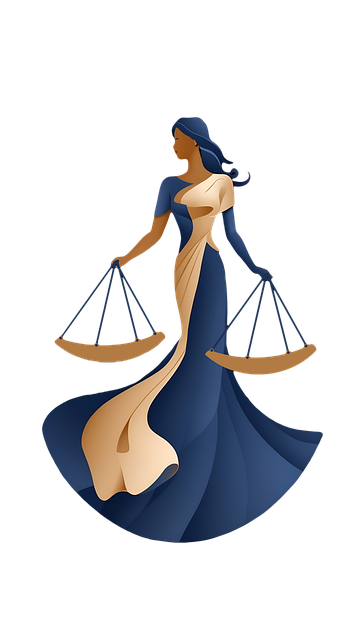Successful strategies in defamation litigation require a meticulous understanding of facts and laws. This includes identifying defamatory statements, gathering evidence, and witness testimonies. C-Level investigations use advanced techniques for digital footprints and financial records. A multidisciplinary team manages crises, communicates transparently, and develops internal policies to mitigate damage. Strategic legal arguments and defensive tactics are crucial for favorable outcomes in complex cases.
In today’s digital age, C-level executives face unprecedented challenges in managing their public image. When defamatory statements threaten their reputation, understanding litigation strategies becomes crucial. This comprehensive guide explores successful strategies in defamation litigation, focusing on key elements of defamation lawsuits, identifying harmful statements, gathering evidence, and employing robust legal defenses. By delving into these tactics, organizations can navigate complex legal landscapes effectively and mitigate reputational risks.
- Understanding Defamation Lawsuits: Key Elements
- Identifying Potential Defamatory Statements
- Gathering Evidence and Witness Testimonies
- Strategic Legal Defense and Mitigation Tactics
Understanding Defamation Lawsuits: Key Elements
Defamation lawsuits are complex legal battles that require a deep understanding of both the facts and the applicable laws. When investigating C-level individuals or high-stakes cases, it’s crucial to comprehend the key elements of defamation. Successful strategies in defamation litigation involve meticulous scrutiny of all stages of the investigative and enforcement process, ensuring each step aligns with the respective business interests and legal requirements.
The primary components of a successful defamation claim include establishing false statements made with actual malice or negligence, demonstrating harm to reputation, and proving the statement’s connection to the claimant’s business or public figure status. In high-stakes cases, where reputations and businesses are on the line, these elements must be meticulously documented and presented. Understanding the legal standards and strategic planning are vital to navigate this intricate landscape and secure favorable outcomes for all parties involved.
Identifying Potential Defamatory Statements
Identifying potential defamatory statements is a critical step in any C-Level investigation. Successful strategies in defamation litigation require a meticulous review of public and private communications to pinpoint remarks that could harm an individual or organization’s reputation. White collar defense attorneys play a pivotal role in this process, employing techniques such as contextual analysis, fact-checking, and understanding the intent behind statements. By examining the totality of circumstances, including the truth or subjective beliefs underlying a statement, legal teams can craft robust defenses.
A comprehensive approach involves not just identifying but also qualifying defamatory claims. This includes evaluating whether the statements are false, presented as facts, and capable of damaging one’s reputation. Achieving extraordinary results in defamation cases often hinges on these initial stages, where a winning challenging defense verdict becomes more attainable through thorough investigation and strategic legal arguments.
Gathering Evidence and Witness Testimonies
In any C-level investigation, especially within the context of defamation litigation, gathering evidence and witness testimonies are critical components for a successful strategy. Defamation cases often require a meticulous approach to unearth relevant information, as they involve complex interactions and public statements. Effective strategies may include employing white collar defense tactics to uncover digital footprints and financial records, which can serve as compelling evidence in court.
The process involves navigating through a web of interactions, where careful questioning during interviews can elicit crucial witness testimonies. These testimonies, when corroborated with physical evidence, can significantly shape the narrative in jury trials or alternative dispute resolution mechanisms. A robust general criminal defense strategy should incorporate these tactics to ensure the integrity and admissibility of all gathered information.
Strategic Legal Defense and Mitigation Tactics
In the face of C-Level investigations, strategic legal defense and mitigation tactics are paramount for achieving favorable outcomes in high-stakes cases. Successful strategies in defamation litigation involve a nuanced approach that combines robust legal arguments with careful crisis management. Companies must swiftly assemble a multidisciplinary team comprising legal experts, public relations specialists, and reputation managers to navigate the complex landscape of these inquiries.
By implementing tailored communication plans, companies can mitigate damage and avoid indictment by fostering transparency while emphasizing their commitment to integrity. The goal is to achieve extraordinary results—not just resolving the immediate issue but also safeguarding against future reputational risks. This involves proactive engagement with stakeholders, effective media relations, and the development of robust internal policies that deter similar misconduct in the future.
In navigating complex C-level investigations, understanding defamation lawsuits is paramount. By identifying potential defamatory statements, gathering robust evidence, and employing strategic legal defenses, organizations can mitigate risks effectively. Leveraging successful strategies in defamation litigation, including tactical witness testimonies and targeted mitigation tactics, ensures a comprehensive approach to resolving these sensitive matters.






